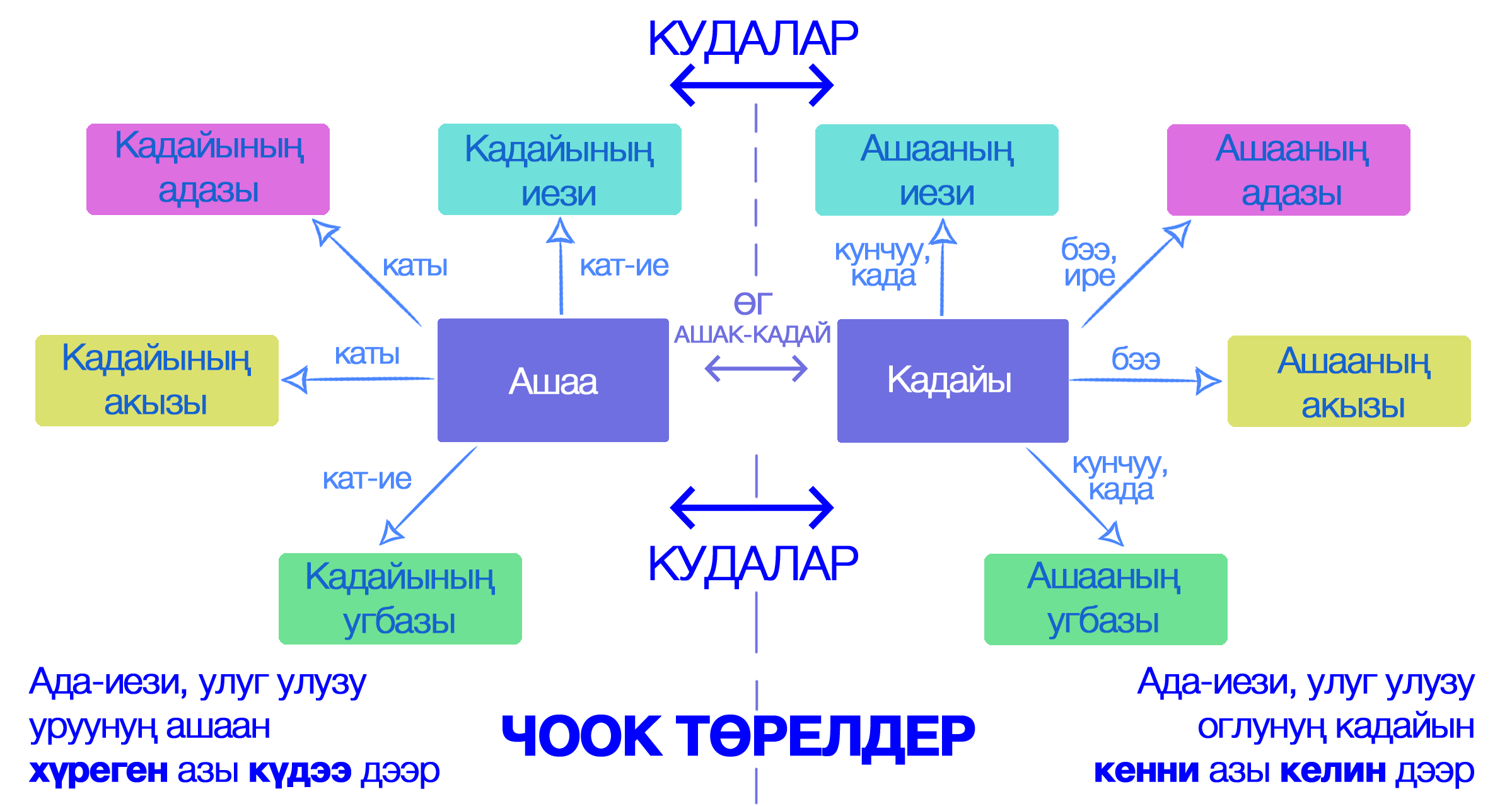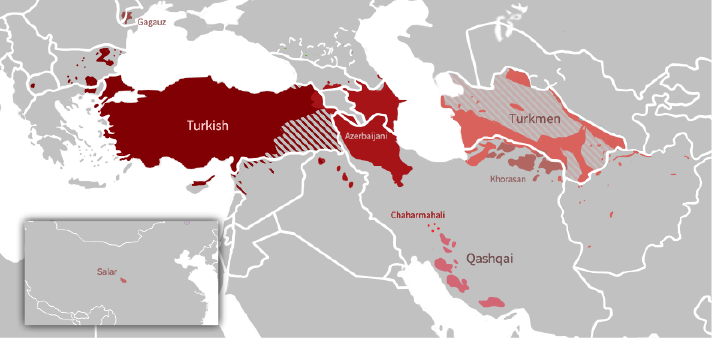|
En With Descender (Cyrillic)
En with descender (Ң ң; italics: ''Ңң'') is a letter of the Cyrillic script. Its form is derived from the Cyrillic letter En (Н н) by adding a descender to the right leg. It is used in several mostly Turkic languages to represent the voiced velar nasal , like the pronunciation of in "sing". In some cases, it also represents allophones of , most commonly the voiced uvular nasal . The Cyrillic letter En with descender is romanized as or . Usage The Cyrillic letter En with descender is used in the alphabets of the following languages: Computing codes See also *Ӊ ӊ : Cyrillic letter En with tail *Ӈ ӈ : Cyrillic letter En with hook *Ҥ ҥ : Cyrillic ligature En Ge *Ñ ñ : Latin letter Ñ *Ň ň : Latin letter Ň *Ń ń : Latin letter Ń *Ŋ ŋ : Latin letter Eng * : Latin letter N with descender *Cyrillic characters in Unicode As of Unicode version , Cyrillic script is encoded across several blocks: * CyrillicU+0400–U+04FF 256 character ... [...More Info...] [...Related Items...] OR: [Wikipedia] [Google] [Baidu] |
Cyrillic
The Cyrillic script ( ) is a writing system used for various languages across Eurasia. It is the designated national script in various Slavic, Turkic, Mongolic, Uralic, Caucasian and Iranic-speaking countries in Southeastern Europe, Eastern Europe, the Caucasus, Central Asia, North Asia, and East Asia, and used by many other minority languages. , around 250 million people in Eurasia use Cyrillic as the official script for their national languages, with Russia accounting for about half of them. With the accession of Bulgaria to the European Union on 1 January 2007, Cyrillic became the third official script of the European Union, following the Latin and Greek alphabets. The Early Cyrillic alphabet was developed during the 9th century AD at the Preslav Literary School in the First Bulgarian Empire during the reign of Tsar Simeon I the Great, probably by the disciples of the two Byzantine brothers Cyril and Methodius, who had previously created the Gl ... [...More Info...] [...Related Items...] OR: [Wikipedia] [Google] [Baidu] |
Kyrgyz Language
Kyrgyz is a Turkic language of the Kipchak branch spoken in Central Asia. Kyrgyz is the official language of Kyrgyzstan and a significant minority language in the Kizilsu Kyrgyz Autonomous Prefecture in Xinjiang, China and in the Gorno-Badakhshan Autonomous Region of Tajikistan. There is a very high level of mutual intelligibility between Kyrgyz, Kazakh, and Altay. A dialect of Kyrgyz known as Pamiri Kyrgyz is spoken in north-eastern Afghanistan and northern Pakistan. Kyrgyz is also spoken by many ethnic Kyrgyz through the former Soviet Union, Afghanistan, Turkey, parts of northern Pakistan, and Russia. Kyrgyz was originally written in Göktürk script, gradually replaced by the Perso-Arabic alphabet (in use until 1928 in the USSR, still in use in China). Between 1928 and 1940, a Latin-script alphabet, the Uniform Turkic Alphabet, was used. In 1940, Soviet authorities replaced the Latin script with the Cyrillic alphabet for all Turkic languages on its territory. When K ... [...More Info...] [...Related Items...] OR: [Wikipedia] [Google] [Baidu] |
Cyrillic Characters In Unicode
As of Unicode version , Cyrillic script is encoded across several blocks: * CyrillicU+0400–U+04FF 256 characters * Cyrillic SupplementU+0500–U+052F 48 characters * Cyrillic Extended-AU+2DE0–U+2DFF 32 characters * Cyrillic Extended-BU+A640–U+A69F 96 characters * Cyrillic Extended-CU+1C80–U+1C8F 11 characters * Cyrillic Extended-DU+1E030–U+1E08F 63 characters * Phonetic ExtensionsU+1D2B, U+1D78 2 Cyrillic characters * Combining Half MarksU+FE2E–U+FE2F 2 Cyrillic characters The characters in the range U+0400–U+045F are basically the characters from ISO 8859-5 moved upward by 864 positions. The next characters in the Cyrillic block, range U+0460–U+0489, are historical letters, some of which are still used for Church Slavonic. The characters in the range U+048A–U+04FF and the complete Cyrillic Supplement block (U+0500–U+052F) are additional letters for various languages that are written with Cyrillic script. Two characters are in the Phonetic Extensions b ... [...More Info...] [...Related Items...] OR: [Wikipedia] [Google] [Baidu] |
Eng (letter)
Eng, agma, or engma (Letter case, capital: Ŋ, Letter case, lowercase: ŋ) is a letter of the Latin alphabet, used to represent a voiced velar nasal (as in English ''sii'') in the written form of some languages and in the International Phonetic Alphabet. In Washo language, Washo, lower-case represents a typical sound, while upper-case represents a Voicelessness, voiceless sound. This convention comes from Americanist phonetic notation. History The ''First Grammatical Treatise'', a 12th-century work on the phonology of the Old Icelandic language, uses a single grapheme for the eng sound, shaped like a g with a stroke . Alexander Gill the Elder uses an uppercase G with a hooked tail and a lowercase n with the hooked tail of a script g for the same sound in ''Logonomia Anglica'' in 1619. William Holder uses the letter in ''Elements of Speech: An Essay of Inquiry into the Natural Production of Letters'', published in 1669, but it was not printed as intended; he indicates in his ... [...More Info...] [...Related Items...] OR: [Wikipedia] [Google] [Baidu] |
En With Hook
En with hook (Ӈ ӈ; italics: ) is a letter of the Cyrillic script. Its form is derived from the Cyrillic letter En (Н н) by adding a hook to the right leg. En with hook commonly represents the voiced velar nasal , like the pronunciation of in "sing", in Uralic languages. Usage En with hook is used in the alphabets of a number of languages of Siberia, including all the Chukotko-Kamchatkan and Samoyedic languages: Chukotko-Kamchatkan languages * Chukchi * Koryak * Kerek * Alyutor * Itelmen Uralic languages Several Uralic languages use the en with hook. These include: Samoyedic languages * Enets * Tundra Nenets * Forest Nenets * Nganasan * Selkup Other Uralic languages *Kildin Sami *Khanty *Mansi Tungusic languages * Even * Evenki * Nanai * Negidal * Oroch * Orok * Udege * Ulch Eskimo–Aleut languages *Aleut * Chaplino dialect Other languages * Ket *Nivkh Computing codes En with Hook has different unicodes for capital and small letters. See also *Ң ... [...More Info...] [...Related Items...] OR: [Wikipedia] [Google] [Baidu] |
En With Tail
En with tail (Ӊ ӊ; italics: ) is a letter of the Cyrillic script. Its form is derived from the Cyrillic letter En (Н н) by adding a tail to the right leg. En with tail is used only in the alphabet of the Kildin Sami language where it represents the voiceless alveolar nasal . Computing codes See also *Ң ң : Cyrillic letter En with descender *Ӈ ӈ : Cyrillic letter En with hook *Ҥ ҥ : Cyrillic ligature En-Ge *Ԩ ԩ : Cyrillic letter En with left hook *Cyrillic characters in Unicode As of Unicode version , Cyrillic script is encoded across several blocks: * CyrillicU+0400–U+04FF 256 characters * Cyrillic SupplementU+0500–U+052F 48 characters * Cyrillic Extended-AU+2DE0–U+2DFF 32 characters * Cyrillic Extended-BU+A64 ... References Cyrillic letters with diacritics Letters with hook {{Cyrillic-alphabet-stub ... [...More Info...] [...Related Items...] OR: [Wikipedia] [Google] [Baidu] |
Uyghur Language
Uyghur or Uighur (; , , or , , ), formerly known as Turki or Eastern Turki, is a Turkic languages, Turkic language with 8 to 13 million speakers (), spoken primarily by the Uyghur people in the Xinjiang Uyghur Autonomous Region of Western China. Apart from Xinjiang, significant communities of Uyghur speakers are also located in Kazakhstan, Kyrgyzstan, and Uzbekistan, and various other countries. Uyghur is an official language of the Xinjiang Uyghur Autonomous Region; it is widely used in both social and official spheres, as well as in print, television, and radio. Other Ethnic minorities in China, ethnic minorities in Xinjiang also use Uyghur as a Lingua franca, common language. Uyghur belongs to the Karluk languages, Karluk branch of the Turkic languages, Turkic language family, which includes languages such as Uzbek language, Uzbek. Like many other Turkic languages, Uyghur displays vowel harmony and agglutination, lacks noun classes or grammatical gender, and is a Branchi ... [...More Info...] [...Related Items...] OR: [Wikipedia] [Google] [Baidu] |
Tuvan Language
Tuvan, also spelt Tyvan, is a Turkic language spoken in the Republic of Tuva in South Central Siberia, Russia. There are small groups of Tuvans that speak distinct dialects of Tuvan in China and Mongolia. History The earliest record of Tuvan is from the early 19th century by ''Wūlǐyǎsūtái zhìlüè'' (), Julius Klaproth 1823, Matthias Castrén 1857, Nikolay Katanov, Vasily Radlov, etc. The name Tuva goes back as early as the publication of ''The Secret History of the Mongols''. The Tuva (as they refer to themselves) have historically been referred to as Soyons, Soyots or Uriankhais. Classification Tuvan (also spelled Tyvan) is linguistically classified as a Sayan Turkic language. Its closest relative is the moribund Tofa. Tuvan, as spoken in Tuva, is principally divided into four dialect groups; Western, Central, Northeastern, Southeastern. * Central: forms the basis of the literary language and includes Ovyur and Bii-Khem subdialects. The geographical c ... [...More Info...] [...Related Items...] OR: [Wikipedia] [Google] [Baidu] |
Turkmen Language
Turkmen (, , , or , , , ) is a Turkic language of the Oghuz branch spoken by the Turkmens of Central Asia. It has an estimated 4.7 million native speakers in Turkmenistan (where it is the official language), and a further 359,000 speakers in northeastern Iran and 1.2 million people in northwestern Afghanistan, where it has no official status. Turkmen is also spoken to lesser varying degrees in Turkmen communities of Uzbekistan and Tajikistan and by diaspora communities, primarily in Turkey and Russia. Turkmen is a member of the Oghuz branch of the Turkic languages. It is closely related to Azerbaijani, Gagauz, Qashqai, and Turkish, sharing varying degrees of mutual intelligibility with each of those languages. However, the closest relative of Turkmen is considered Khorasani Turkic, spoken in northeastern regions of Iran and with which it shares the eastern subbranch of Oghuz languages, as well as Khorazm, the Oghuz dialect of Uzbek spoken mainly in Khorezm along the ... [...More Info...] [...Related Items...] OR: [Wikipedia] [Google] [Baidu] |
Tatar Language
Tatar ( ; or ) is a Turkic languages, Turkic language spoken by the Volga Tatars mainly located in modern Tatarstan (European Russia), as well as Siberia. It should not be confused with Crimean Tatar language, Crimean Tatar or Siberian Tatar language, Siberian Tatar, which are closely related but belong to different subgroups of the Kipchak languages. Geographic distribution The Tatar language is spoken in Russia by about 5.3 million people, and also by communities in Azerbaijan, China, Finland, Georgia (country), Georgia, Israel, Kazakhstan, Latvia, Lithuania, Romania, Turkey, Ukraine, the United States, Uzbekistan, and several other countries. Globally, there are more than 7 million speakers of Tatar. Tatar is also the mother tongue for several thousand Mari people, Mari, a Finnic peoples, Finnic people; Mordva's Qaratay group also speak a variant of Kazan Tatar. In the Russian Census (2010), 2010 census, 69% of Russian Tatars claimed at least some knowledge of the ... [...More Info...] [...Related Items...] OR: [Wikipedia] [Google] [Baidu] |



